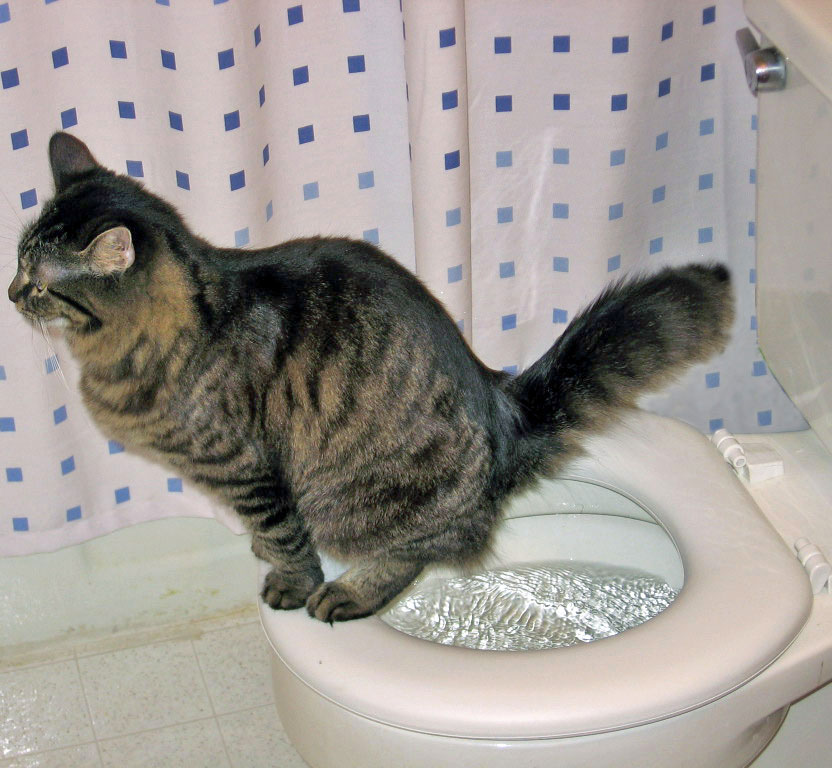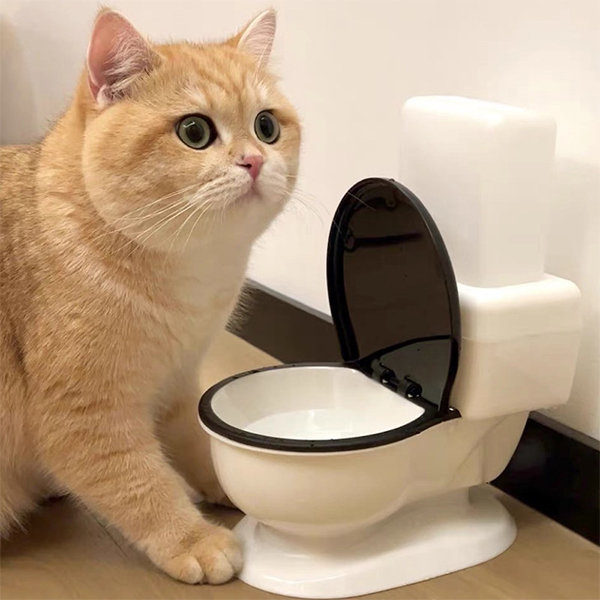Reasons Flushing Cat Poop Down Your Toilet Isn't a Good Idea - Advice for Proper Disposal
Reasons Flushing Cat Poop Down Your Toilet Isn't a Good Idea - Advice for Proper Disposal
Blog Article
Each person may have their unique perception about Can You Flush Cat Poo or Litter Down the Toilet?.

Introduction
As pet cat owners, it's important to bear in mind just how we dispose of our feline good friends' waste. While it might seem convenient to purge pet cat poop down the toilet, this practice can have detrimental repercussions for both the setting and human wellness.
Alternatives to Flushing
Fortunately, there are safer and much more accountable ways to deal with pet cat poop. Think about the adhering to choices:
1. Scoop and Dispose in Trash
The most common technique of taking care of pet cat poop is to scoop it right into a biodegradable bag and throw it in the trash. Make sure to utilize a committed clutter inside story and dispose of the waste quickly.
2. Use Biodegradable Litter
Opt for biodegradable cat litter made from materials such as corn or wheat. These litters are eco-friendly and can be securely disposed of in the garbage.
3. Hide in the Yard
If you have a backyard, take into consideration hiding feline waste in an assigned location away from vegetable gardens and water resources. Be sure to dig deep sufficient to avoid contamination of groundwater.
4. Install a Pet Waste Disposal System
Invest in a pet garbage disposal system especially created for feline waste. These systems utilize enzymes to break down the waste, reducing smell and environmental influence.
Wellness Risks
Along with environmental concerns, purging feline waste can also pose wellness dangers to people. Cat feces might consist of Toxoplasma gondii, a parasite that can create toxoplasmosis-- a potentially severe illness, specifically for pregnant females and individuals with weakened body immune systems.
Environmental Impact
Purging feline poop introduces hazardous virus and bloodsuckers right into the water system, positioning a considerable threat to aquatic communities. These impurities can negatively affect aquatic life and concession water quality.
Verdict
Responsible pet dog possession extends past offering food and sanctuary-- it likewise entails appropriate waste management. By avoiding flushing feline poop down the commode and selecting different disposal methods, we can decrease our environmental impact and protect human wellness.
Why Can’t I Flush Cat Poop?
It Spreads a Parasite
Cats are frequently infected with a parasite called toxoplasma gondii. The parasite causes an infection called toxoplasmosis. It is usually harmless to cats. The parasite only uses cat poop as a host for its eggs. Otherwise, the cat’s immune system usually keeps the infection at low enough levels to maintain its own health. But it does not stop the develop of eggs. These eggs are tiny and surprisingly tough. They may survive for a year before they begin to grow. But that’s the problem.
Our wastewater system is not designed to deal with toxoplasmosis eggs. Instead, most eggs will flush from your toilet into sewers and wastewater management plants. After the sewage is treated for many other harmful things in it, it is typically released into local rivers, lakes, or oceans. Here, the toxoplasmosis eggs can find new hosts, including starfish, crabs, otters, and many other wildlife. For many, this is a significant risk to their health. Toxoplasmosis can also end up infecting water sources that are important for agriculture, which means our deer, pigs, and sheep can get infected too.
Is There Risk to Humans?
There can be a risk to human life from flushing cat poop down the toilet. If you do so, the parasites from your cat’s poop can end up in shellfish, game animals, or livestock. If this meat is then served raw or undercooked, the people who eat it can get sick.
In fact, according to the CDC, 40 million people in the United States are infected with toxoplasma gondii. They get it from exposure to infected seafood, or from some kind of cat poop contamination, like drinking from a stream that is contaminated or touching anything that has come into contact with cat poop. That includes just cleaning a cat litter box.
Most people who get infected with these parasites will not develop any symptoms. However, for pregnant women or for those with compromised immune systems, the parasite can cause severe health problems.
How to Handle Cat Poop
The best way to handle cat poop is actually to clean the box more often. The eggs that the parasite sheds will not become active until one to five days after the cat poops. That means that if you clean daily, you’re much less likely to come into direct contact with infectious eggs.
That said, always dispose of cat poop in the garbage and not down the toilet. Wash your hands before and after you clean the litter box, and bring the bag of poop right outside to your garbage bins.
https://trenchlesssolutionsusa.com/why-cant-i-flush-cat-poop/

Do you like reading up on How to Dispose of Cat Poop and Litter Without Plastic Bags? Create a review down below. We will be glad to listen to your thoughts about this content. We are looking forward to see you back again later on. Sharing is nice. Helping people is fun. Thanks for your time. Please stop by our site back soon.
Check This Out Report this page